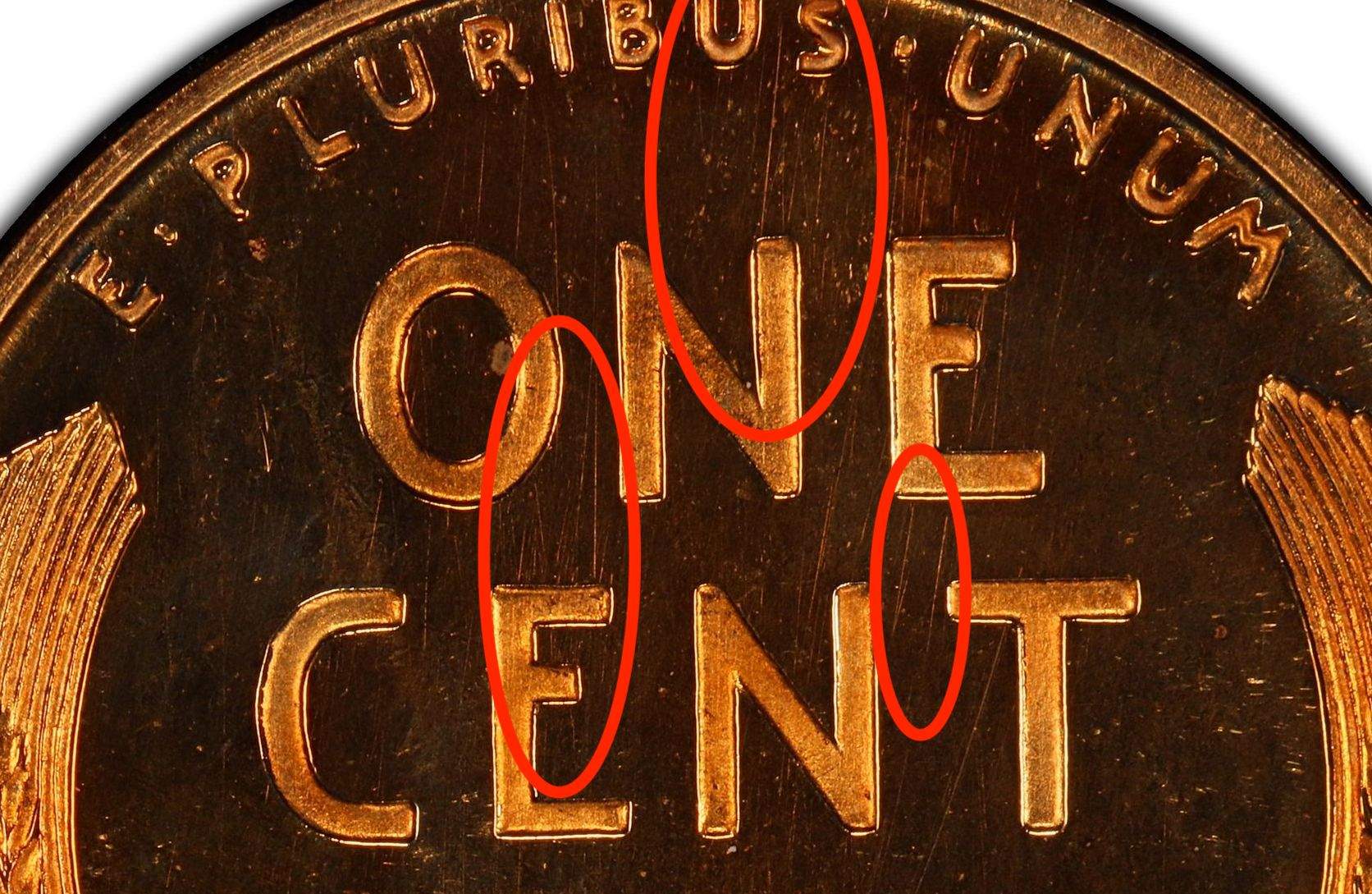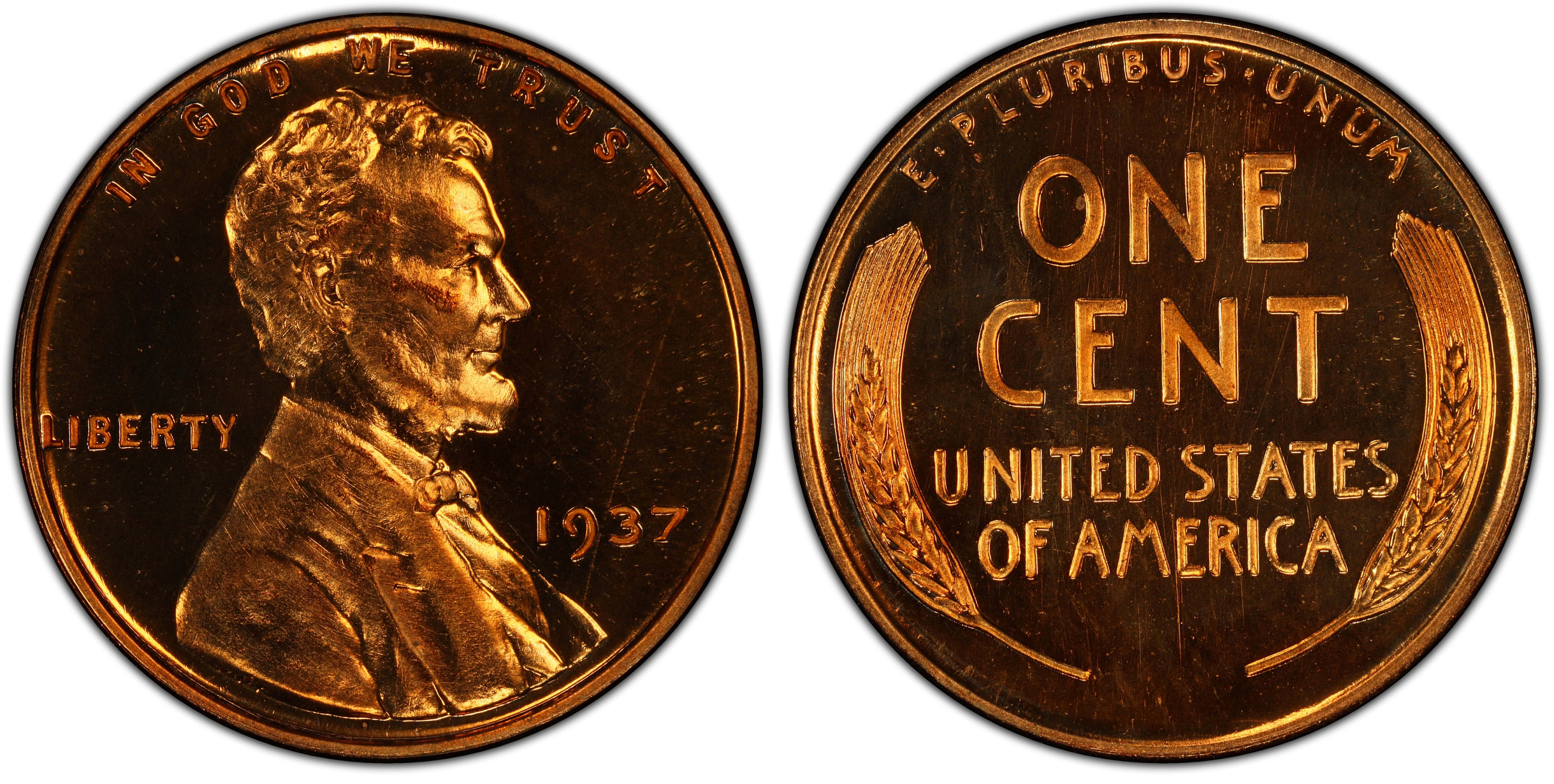A Die Study of Cameo Proofs 1936-1942 - Thoughts Needed!
 FlyingAl
Posts: 3,855 ✭✭✭✭✭
FlyingAl
Posts: 3,855 ✭✭✭✭✭
I recently started on a long journey that I wanted to share the start of to get a few thoughts on. What do you guys think of this idea, and should I finish it for all of the coins? Note: the half dollar study is nearly done. I can upload that as well, though I will likely do it as a PDF due to the images not pasting correctly.
Here is my intro for the full die study, followed by the first two cent entries. I did not edit my intro for this post, so it can give you an idea of my view for the finished product.
Here you go!
This is a die study of the known cameo proof coins and their die pairs based on PCGS and NGC certification. This guide’s intention is to serve as a deterrent to counterfeiters who wish to deceive collectors. It can, however, serve as a guide for collectors who wish to search for a coin from dies that had the best details they had to offer. These dies are almost always the dies that produced cameo coins. By being able to match a coin to a die pair that produced cameo coins of a later die state, collectors can obtain a coin with much higher attractiveness than usual for a normal price.
Only coins with verifiable cameo dies and cameo die pairs were included, which required high quality images. One altered coin was discovered in this undertaking, which was a major reason for its production. Such coins can be altered by taking a normal non-cameo coin and adding a solvent to the devices that make them appear white or coppery. When well done, this alteration can be extremely difficult to spot, even for a professional. As such, several coins have made their way into TPGS holders as altered coins, yet they were not spotted as such. The TPGS have been fervently hunting such coins and to correct their errors. The best tool for a collector to avoid this is to use die matching, which can be achieved by use of this guide.. By analyzing the die pairs used in the production of these coins, it is likely that no other altered coin will ever be certified.
The numbers used are Cameo Numbers, abbreviated CA-X. The X will be replaced by the number of the die in the order it appears in the sequence of denomination and year order, commonly referred to as “Redbook order”. All cents will come before nickels and so forth.
For dies discovered or added after the original set of study is complete, their numbers will come after the highest currently known die number. For a coin to be considered, it must be graded as a cameo by PCGS, NGC, or CAC. ANACS and ICG coins will be considered, so long as the contrast can be verified. In addition, another coin from the same die pair must show a similar degree of contrast, though it may not be certified as cameo. This is used as an anti-counterfeiting safeguard.
All information relating to use dates is from Roger Burdette’s work on the subject, titled United States Proof Coins 1936-1942.
Example
CA-X (Cameo Number)
Possible Use Dates: Dates that new die pairs were used or where the die use could be narrowed to a day or set of days.
Die Markers: Markers of each die and images of those markers.
Description and Coins Possible: Description of the coins and coins likely remaining.
Image: Image of a coin. (Usually a TrueView from CoinFacts unless labeled as such.)
.
.
CENTS
1936 Proof Cent
CA-1
Possible Use Date: September 15th.
Die Markers: Die scratches extending from the right upright of the T in TRUST, impression midway up the N in UNUM.

Description and Coins Possible: There appears to only be one die pair capable of striking proof cameo 1936 cents, but since die records are missing for a large part of the year, one cannot be sure of this. The cent is the only currently known 1936 cameo proof, which makes it quite rare in the series and it commands a substantial premium. Less than ten are likely to exist today.
Image:
.
.
.
1937 Proof Cent
CA-2
Possible Use Dates: March 18th, September 8th, October 4th.
Die Markers: Striations off of the N in ONE and E in AMERICA. Circular die lines on the obverse portrait. 

Description and Coins Possible: A deep cameo reverse is common. One of two known die pairs, this is the more desirable and most contrasted. Several Ultra Cameo coins were produced from this die pair, which would lead one to believe that this date and denomination is quite common when compared to other cameos. Around 30 cameos probably exist from this die alone.
Image:
.
.
.
.
.
Feel free to put any thoughts in a comment - anything you would change or add, or any comments in general. If you were a collector of these coins, what would you want?
As noted, the study is not anywhere near complete. I can also only trace dies that produced cameos for one use cycle - when dies were repolished they often lose their identifying characteristics. There are rare exceptions, but I don't think those exceptions would be of use to a collector.
Comments
Edited to reply later.
“In matters of style, swim with the current; in matters of principle, stand like a rock." - Thomas Jefferson
My digital cameo album 1950-64 Cameos - take a look!
Sounds like a fun study.
Unless you see each of these cameos in hand or have better photos of the fields it is impossible to tell if they are all from the same die. With the number minted there are almost certainly to be several obverse and reverse dies used for each year. With each new die there is a good possibility a cameo will be produced with the first few strikes.
- Bob -

MPL's - Lincolns of Color
Central Valley Roosevelts
A deep cameo reverse is common. One of two known die pairs, this is the more desirable and most contrasted. It is likely that this die produced around twenty cameo coins. Several Ultra Cameo coins were produced from this die pair, which would lead one to believe that this date and denomination is quite common when compared to other cameos. Around 30 cameos probably exist from this die alone.
During this time frame the Mint was 20 years removed from knowing how to prepare dies/planchets for making proof coins which proved to be the biggest impediment for making CAM/DCAM coins. I doubt they were able to do it with the needed success to achieve anywhere near the numbers you suspect were made. They were having trouble with the Cents in just sorting out the finish.
If I were you I'd eliminate any speculation on what might exist and stick with what we know does exist. If there were coins out there we'd almost certainly know it by now.
"Those who would give up essential Liberty, to purchase a little temporary Safety, deserve neither Liberty nor Safety," --- Benjamin Franklin
Are you asking us to post photos of our 1936 - 1942 Proof CAM’s to help you? In my set I have only one - 1942 Lincoln, PR66CAM (w/CAC):



Steve
My collecting “Pride & Joy” is my PCGS Registry Dansco 7070 Set:
https://www.pcgs.com/setregistry/type-sets/design-type-sets/complete-dansco-7070-modified-type-set-1796-date/publishedset/213996
That is one major project. Good luck, and perhaps a book in the future. Cheers, RickO
I'd buy your book @FlyingAl Great material here...Keep up the work!